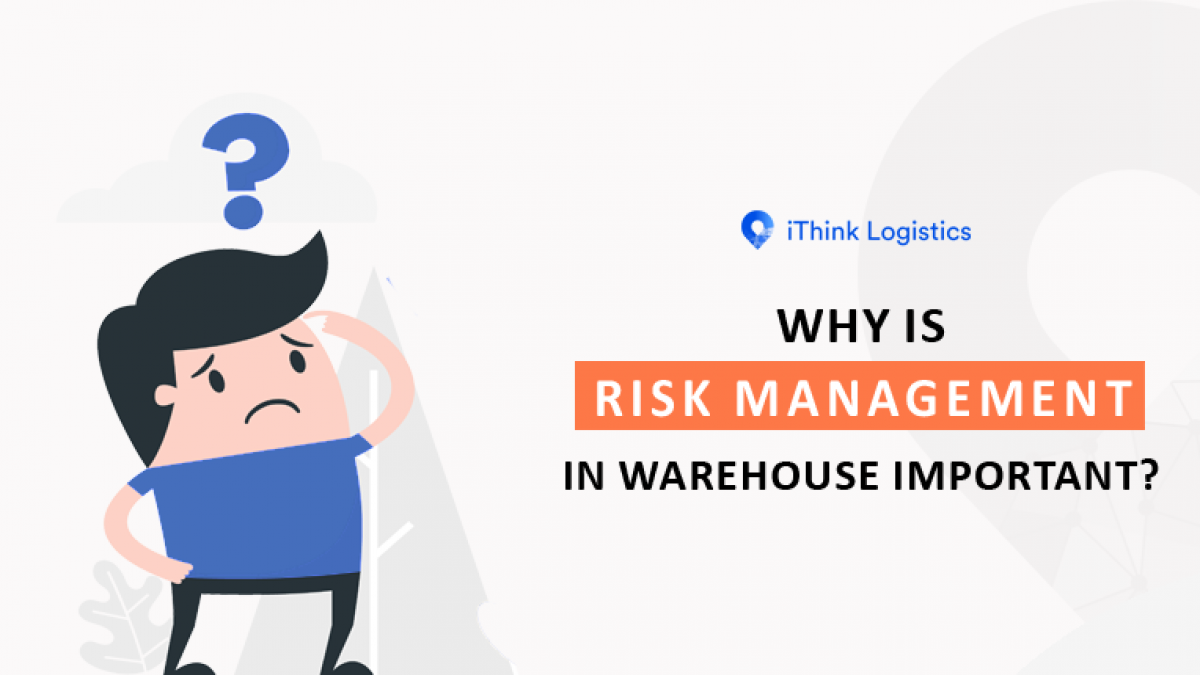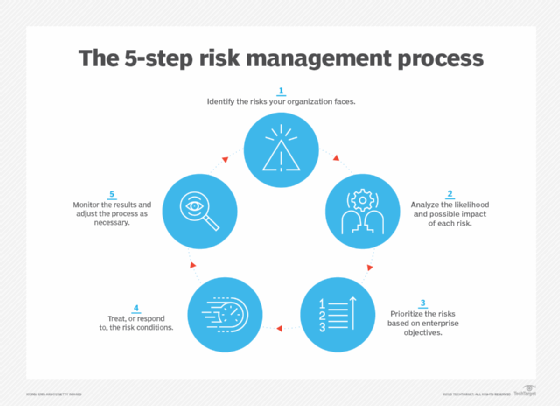Why the Importance of Risk Management Cannot Be Ignored in Today’s Economy
Why the Importance of Risk Management Cannot Be Ignored in Today’s Economy
Blog Article
Exploring the Relevance of Risk Management for Effective Decision-Making Strategies
In the elaborate world of organization, Risk Management arises as an essential element in the decision-making procedure. The ability to determine possible threats and possibilities, and plan accordingly, can mean the distinction between success and failing.
Recognizing the Concept of Risk Management
Risk Management, an essential component in decision-making, is often misunderstood or oversimplified. Normally, it refers to the identification, evaluation, and prioritization of dangers to decrease, keep an eye on, and manage the chance or impact of regrettable occasions. It's not just regarding stopping unfavorable results, but also about identifying possible possibilities. Risk Management involves organized and self-displined methods, utilizing data and insightful analyses. It calls for a detailed understanding of the company's context, goals, and the prospective risks that could combat them. From economic unpredictabilities, lawful obligations, calculated Management errors, to mishaps and natural catastrophes, it deals with various risks. Importantly, efficient Risk Management is not stationary; it's a continuous, forward-looking procedure that evolves with changing circumstances.
The Duty of Risk Management in Decision-Making Processes
In the world of strategic planning and service procedures, Risk Management plays an indispensable function in decision-making procedures. It aids in determining potential dangers and uncertainties that might affect the accomplishment of organization goals. By mapping these threats, business can formulate techniques to mitigate their effect, ensuring service continuity and security. Risk Management thus comes to be a crucial tool in decision-making, helping leaders to make enlightened options based on a comprehensive understanding of the risks involved. It motivates a positive technique, making it possible for companies to prepare and anticipate for possible future scenarios. This considerably decreases the probability of unfavorable repercussions, promoting much more effective and efficient decision-making techniques. Risk Management serves as an important component in the decision-making processes of any kind of company.

How Risk Management Boosts Strategic Preparation
In the context of tactical planning, Risk Management plays a crucial function. Initiating with the recognition of prospective risks, it better expands to the application of Risk reduction steps. The duty of Risk Management is not fixed but vibrant, as it demands consistent tracking and adjusting of techniques.
Recognizing Prospective Risks

Applying Risk Reduction
Risk mitigation techniques can vary from Risk avoidance, Risk transfer, to risk decrease. Each approach ought to be tailored to the certain Risk, considering its potential influence and the organization's Risk tolerance. Reliable Risk reduction requires a deep understanding of the Risk landscape and the potential influence of each Risk.
Surveillance and Adjusting Approaches
Though Risk reduction is a crucial step in strategic planning, continuous monitoring and change of these approaches is just as important. It also provides an opportunity to evaluate the success of the Risk click here to read Management measures, permitting changes to be made where needed, more improving calculated planning. Monitoring and adjusting Risk Management strategies is a crucial component for boosting an organization's durability and strategic planning.
Instance Researches: Effective Risk Management and Decision-Making
In the world of organization and financing, successful Risk Management and decision-making frequently offer as the pillars of flourishing business. These cases highlight the worth of astute Risk Management in decision-making processes. These cases highlight the critical function of Risk Management in strategic decision-making.
Devices and Methods for Effective Risk Management
Navigating the elaborate puzzle of Risk Management calls for the best collection of tools and methods. These devices, such as Risk registers and warm maps, help in determining and analyzing potential threats. Techniques include both measurable approaches, like sensitivity evaluation, and qualitative techniques, such as SWOT evaluation. These help in prioritizing dangers based upon their potential effect and chance. Risk reaction strategies, an essential part of Risk Management, include approving, avoiding, transferring, or mitigating threats. Monitoring and regulating threats, through regular audits and evaluations, make sure that the approaches continue to be effective. With these methods and tools, decision-makers can browse the facility landscape of Risk Management, therefore facilitating informed and effective decision-making.
Future Patterns in Risk Management and Decision-Making Strategies
As we discover the huge landscape of Risk Management, it becomes obvious that the methods and devices utilized today will certainly proceed to evolve. The principle of Risk culture, where every member of a company is conscious and entailed in Risk Management, will certainly get much more prestige. These fads declare an even more positive and comprehensive method in the direction of Risk Management and decision-making.
Final thought

Risk Management therefore comes to be an essential device in decision-making, helping leaders to make enlightened selections based on a detailed understanding of the risks involved. Risk reduction approaches can vary from Risk avoidance, Risk transfer, to run the risk of reduction (importance of risk management). Reliable Risk mitigation calls for a deep understanding of the Risk landscape and the potential influence of each Risk. Risk feedback techniques, an essential part my sources of Risk Management, entail accepting, staying clear of, moving, or mitigating risks. The principle of Risk society, where every member of a company is conscious and involved in Risk Management, will certainly acquire more importance
Report this page